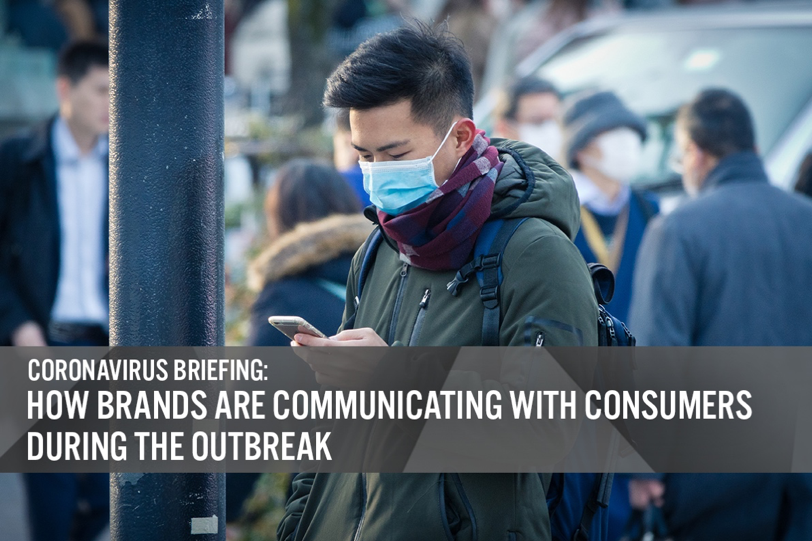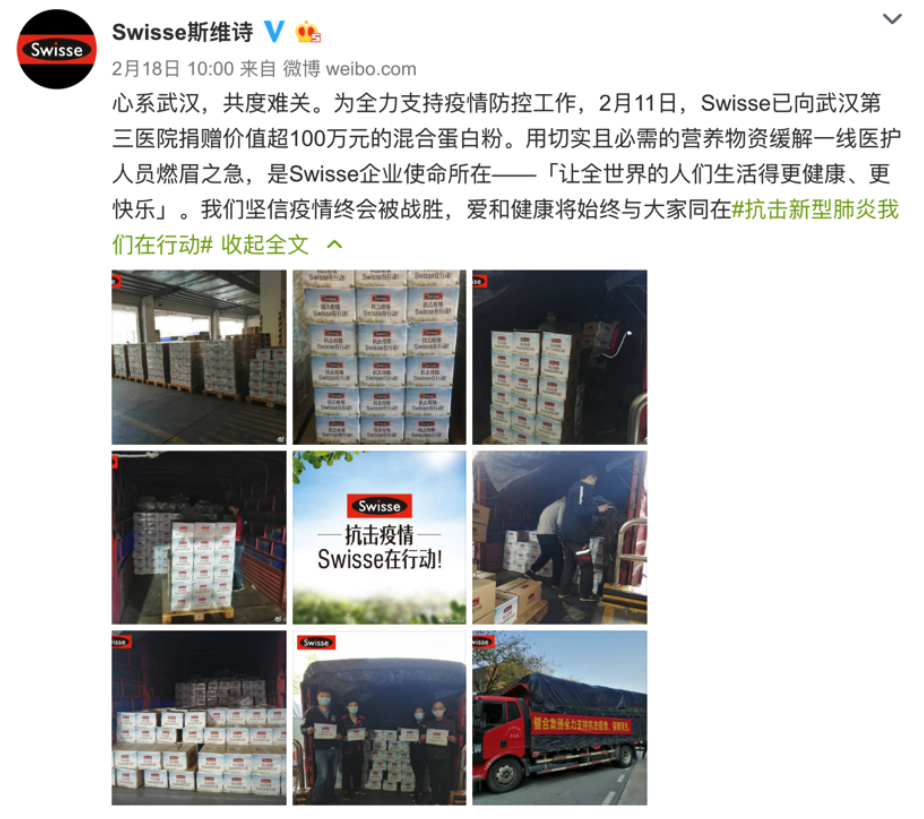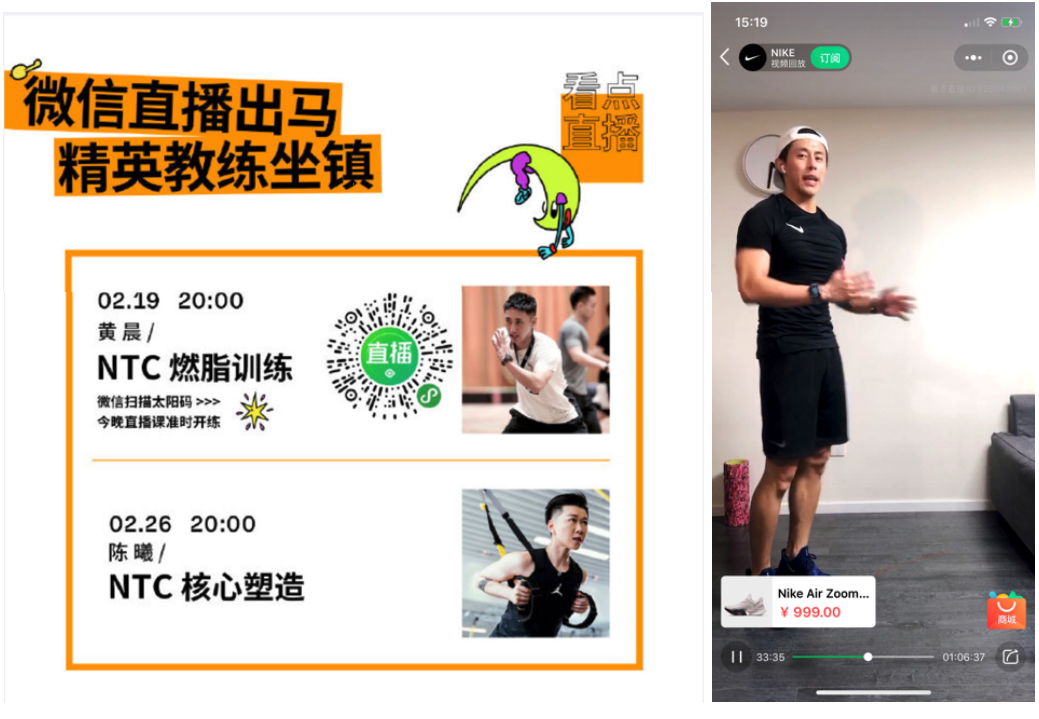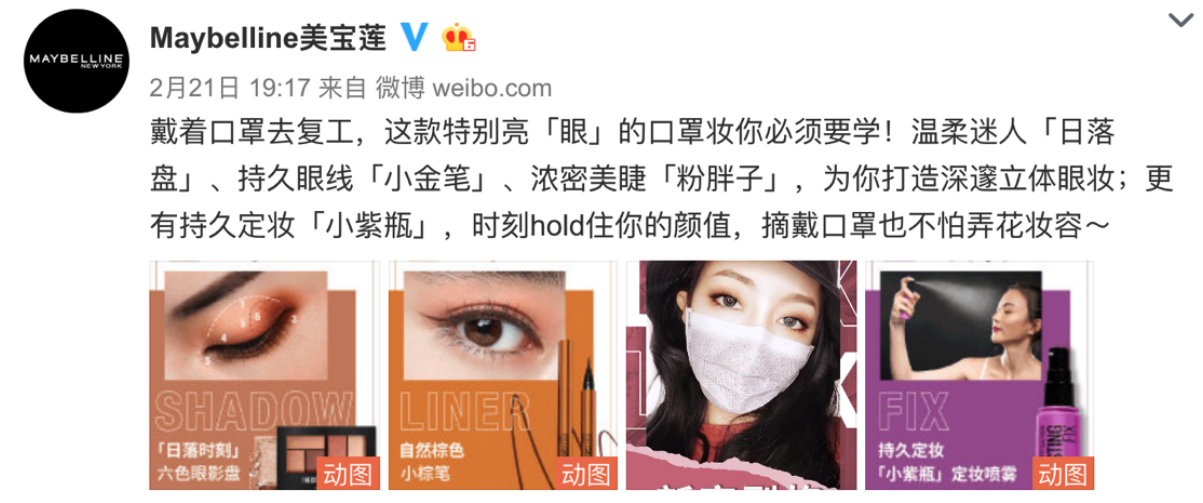
Nitheesh NH
In our Coronavirus Briefing series, we evaluate the possible impact of the coronavirus outbreak on the economy, supply chain and retail. In this report, we look at how brands are communicating with consumers during the coronavirus outbreak to build and maintain engagement.
With people in China staying home (either out of choice or due to government quarantine), companies are finding innovative ways to maintain communication and to engage with consumers during this challenging time. In-store purchases of discretionary goods have plunged as people venture out (especially to crowded places) only to buy essentials. As we outlined in our report Four Positive Takeaways from the Outbreak, many brands are seeing online sales surge.
These are some of the ways we’ve seen brands and retailers engage with consumers during the outbreak.
Donation
Many brands have donated money to combat the disease. LVMH Group donated $2.2 million, Kering $1 million, L’Oréal donated ¥5 million ($710,000) and Adidas ¥10 million ($1.4 million).
[caption id="attachment_104408" align="aligncenter" width="700"] Kering, L’Oréal and Adidas donation campaigns on China’s social media channels
Kering, L’Oréal and Adidas donation campaigns on China’s social media channels
Source: Weibo[/caption] Some brands are donating products to people in need. Supplement retailer Swisse donated (¥1 million ($142,000) worth of supplements to medical professionals in Wuhan, shared on Weibo and gained over 1,200 likes. [caption id="attachment_104409" align="aligncenter" width="520"] Swisse’s Weibo post showing the brand donating supplements to medical professionals in Wuhan
Swisse’s Weibo post showing the brand donating supplements to medical professionals in Wuhan
Source: Weibo[/caption] Leveraging Brand Ambassadors Many brands have forgone donations and are instead leveraging KOLs and brand ambassadors to disseminate encouraging messages and videos. Diane von Fürstenberg recorded a one-minute video of encouragement for the people of China. A L’Oréal post on Weibo featured the beauty brand’s eight ambassadors (including super model Xi Mengyao and singer Kris Wu) sharing encouraging messages; the post received over 274,000 likes and over 184,000 shares. [caption id="attachment_104410" align="aligncenter" width="700"] Weibo posts from L’Oréal and DVF
Weibo posts from L’Oréal and DVF
Source: Weibo[/caption] [caption id="attachment_104411" align="alignleft" width="240"] Weibo post from Louis Vuitton
Weibo post from Louis Vuitton
Source: Weibo [/caption] Louis Vuitton launched an ad campaign that states quite simply: “A trip that stops temporarily, will resume eventually.” Creating Content Catering to Current Consumer Needs Amid the outbreak, there has been a surge in interest in general wellness and health. With most recreational spots closed, companies have been moving their offerings online. Nike and Lululemon both teamed up with coaches to launch livestreaming fitness classes via WeChat, Tik Tok and livestreaming platform Yizhibo. [caption id="attachment_104414" align="aligncenter" width="700"] Nike livestreaming fitness class
Nike livestreaming fitness class
Source: WeChat[/caption] While people began returning to work after the Chinese New Year holiday on February 10, people are still required to wear surgical masks in public places, including offices. Maybelline created a Weibo post to show makeup techniques to help makeup users look good while wearing a surgical mask. [caption id="attachment_104415" align="aligncenter" width="700"] Maybelline’s Weibo posts
Maybelline’s Weibo posts
Source: Weibo/Coresight Research[/caption] Implications Amid the ongoing coronavirus outbreak, many brands have paused activity and are reassessing marketing strategies in China. But many brands are pivoting to a variety of activities to raise their profile with the Chinese public such as through donations of cash or gift in kind; with messages from KOLs and brand ambassadors; and, even adapting marketing and offering new services to help consumers manage life in the time of coronavirus. Brands should avoid heavily promoting products at this time: The more successful efforts focus on providing support to the public, consumers or even front-line healthcare workers. Creating relevant, quality content to livestream and moving services online is another approach that works well as people avoid public places. The crisis presents serious challenges for all retailers in China, but also an opportunity for brand owners and retailers to build strong emotional bonds with consumers that can pay off with long-term loyalty.
 Kering, L’Oréal and Adidas donation campaigns on China’s social media channels
Kering, L’Oréal and Adidas donation campaigns on China’s social media channelsSource: Weibo[/caption] Some brands are donating products to people in need. Supplement retailer Swisse donated (¥1 million ($142,000) worth of supplements to medical professionals in Wuhan, shared on Weibo and gained over 1,200 likes. [caption id="attachment_104409" align="aligncenter" width="520"]
 Swisse’s Weibo post showing the brand donating supplements to medical professionals in Wuhan
Swisse’s Weibo post showing the brand donating supplements to medical professionals in WuhanSource: Weibo[/caption] Leveraging Brand Ambassadors Many brands have forgone donations and are instead leveraging KOLs and brand ambassadors to disseminate encouraging messages and videos. Diane von Fürstenberg recorded a one-minute video of encouragement for the people of China. A L’Oréal post on Weibo featured the beauty brand’s eight ambassadors (including super model Xi Mengyao and singer Kris Wu) sharing encouraging messages; the post received over 274,000 likes and over 184,000 shares. [caption id="attachment_104410" align="aligncenter" width="700"]
 Weibo posts from L’Oréal and DVF
Weibo posts from L’Oréal and DVFSource: Weibo[/caption] [caption id="attachment_104411" align="alignleft" width="240"]
 Weibo post from Louis Vuitton
Weibo post from Louis VuittonSource: Weibo [/caption] Louis Vuitton launched an ad campaign that states quite simply: “A trip that stops temporarily, will resume eventually.” Creating Content Catering to Current Consumer Needs Amid the outbreak, there has been a surge in interest in general wellness and health. With most recreational spots closed, companies have been moving their offerings online. Nike and Lululemon both teamed up with coaches to launch livestreaming fitness classes via WeChat, Tik Tok and livestreaming platform Yizhibo. [caption id="attachment_104414" align="aligncenter" width="700"]
 Nike livestreaming fitness class
Nike livestreaming fitness classSource: WeChat[/caption] While people began returning to work after the Chinese New Year holiday on February 10, people are still required to wear surgical masks in public places, including offices. Maybelline created a Weibo post to show makeup techniques to help makeup users look good while wearing a surgical mask. [caption id="attachment_104415" align="aligncenter" width="700"]
 Maybelline’s Weibo posts
Maybelline’s Weibo postsSource: Weibo/Coresight Research[/caption] Implications Amid the ongoing coronavirus outbreak, many brands have paused activity and are reassessing marketing strategies in China. But many brands are pivoting to a variety of activities to raise their profile with the Chinese public such as through donations of cash or gift in kind; with messages from KOLs and brand ambassadors; and, even adapting marketing and offering new services to help consumers manage life in the time of coronavirus. Brands should avoid heavily promoting products at this time: The more successful efforts focus on providing support to the public, consumers or even front-line healthcare workers. Creating relevant, quality content to livestream and moving services online is another approach that works well as people avoid public places. The crisis presents serious challenges for all retailers in China, but also an opportunity for brand owners and retailers to build strong emotional bonds with consumers that can pay off with long-term loyalty.